Material handling plays a foundational role in the movement, storage, and control of materials across industries—from manufacturing and construction to warehousing and food logistics. But with its importance comes significant risk. Improper practices, unsafe conditions, and human error can lead to serious injuries. If you’ve ever wondered, “Which of the following are common causes of material handling injuries?”, this article provides a detailed, research-backed answer.
By using semantic SEO and incorporating key industry terminology like material handling equipment, automated material handling systems, and manual material handling tools, this article helps organizations and workers better understand risks and solutions. We also link to valuable guides and safety resources.
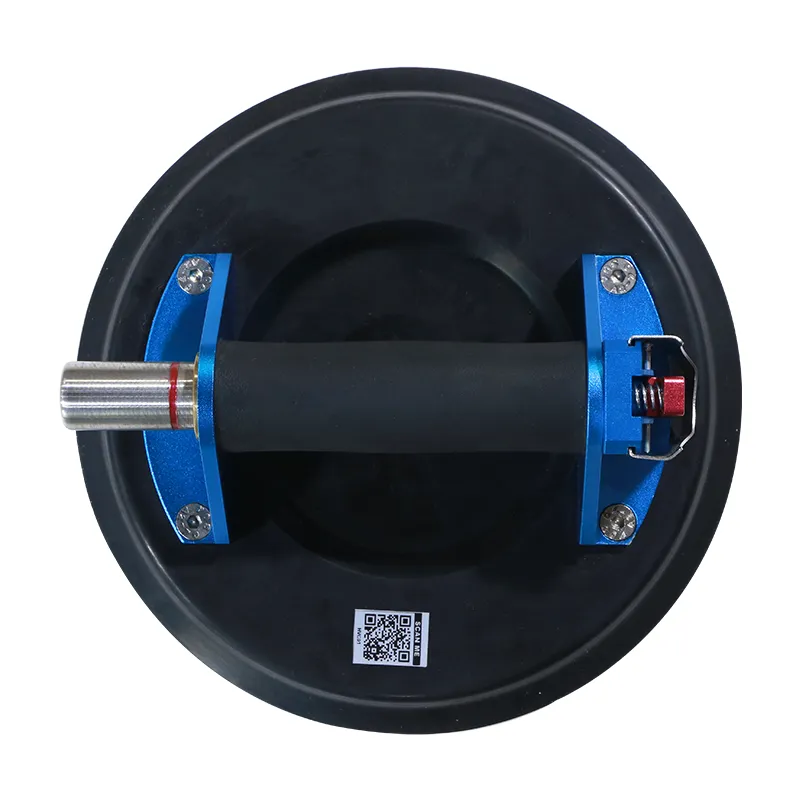
Table of Contents
ToggleWhat Is Material Handling and Why Is It High-Risk?
Material handling involves the movement of goods and raw materials through various stages of a production or distribution cycle. This includes:
- Manual lifting, pushing, or pulling of items
- Use of material handling carts and trolleys
- Operation of forklifts, cranes and hoists, or conveyors for material handling
- Implementation of automated material handling systems in warehouses or factories
For an in-depth overview, visit What Is Material Handling? Types, Equipment, Functions, Safety, and Warehouse Optimization
Because this process often involves heavy loads, repetitive tasks, and fast-paced environments, it’s no surprise that material handling is one of the top causes of workplace injuries worldwide.
Top 5 Common Causes of Material Handling Injuries
1. Improper Lifting Techniques
Lifting is one of the most common actions in manual material handling—and it’s also the most frequently mishandled. Workers who lift with their back rather than their legs or twist while carrying loads are prone to musculoskeletal injuries.
Injury Types:
- Lower back strain
- Herniated discs
- Shoulder injuries
Safety Tip: Train employees in ergonomic lifting techniques and provide manual material handling tools like dollies, carts, and lifting belts.
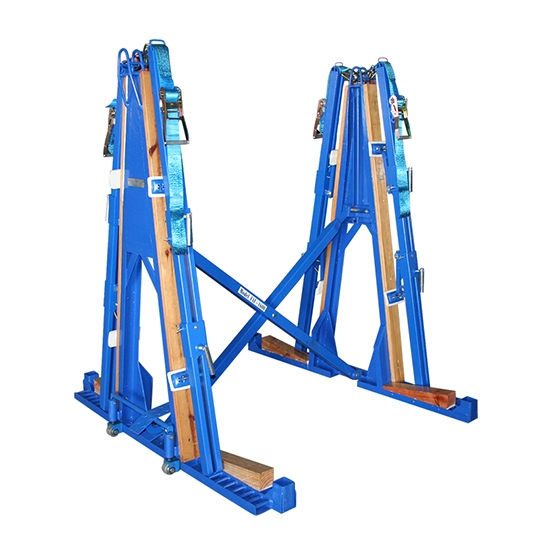
2. Lack of Proper Training
Untrained or undertrained employees often don’t know how to:
- Use forklifts for material handling properly
- Navigate tight warehouse aisles safely
- Operate cranes and hoists or vacuum lifters
This leads to accidents ranging from equipment damage to severe personal injury. Implementing regular material handling training programs helps employees understand hazards and proper procedures.
Related Read: How Does Material Handling Impact the Human Labor Force?
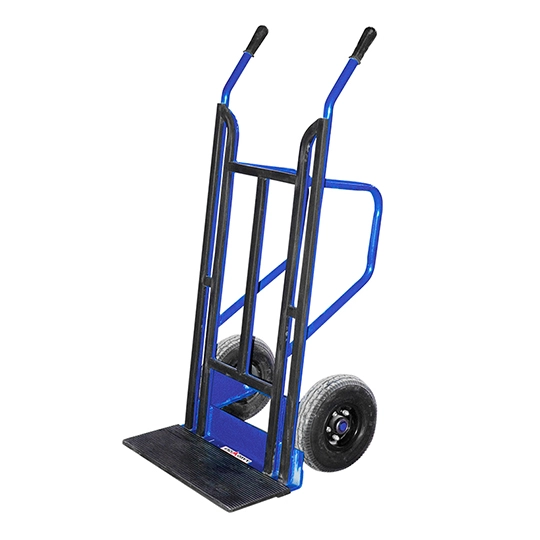
3. Using the Wrong Equipment
Every task requires a specific tool. Using the wrong material handling equipment—or not using any at all—leads to strain, dropped loads, or machine malfunctions.
For example:
- Lifting a large stone slab manually instead of using an Aardwolf Slab Lifter
- Using a hand trolley for materials that require mechanical elevation
Solution: Choose tools that match the load type, environment, and task complexity. See How to Choose the Right Material Handling System for expert guidance.
4. Inappropriate Clothing or Personal Protective Equipment (PPE)
Loose clothing or missing PPE like gloves, helmets, or non-slip boots increases risk—especially around conveyors or automated material handling systems. Entanglement in machinery is a major concern.
Helpful Resource: Loose Clothing Is Best to Wear When Handling Material?
Safety Standards: Always enforce PPE use and provide job-specific uniforms.
5. Poor Material Handling System Design
Inefficient layouts, narrow walkways, and unplanned traffic routes contribute to collisions, tripping, and time wastage. Facilities that ignore material handling system design considerations are more prone to accidents and lower productivity.
Risks Include:
- Forklift collisions in tight aisles
- Falls due to obstructed paths
- Overexertion from unnecessary travel distances
Other Contributing Factors to Material Handling Injuries
• Fatigue and Repetitive Stress
Long shifts, overtime, and repetitive motion lead to cumulative injuries. These are particularly common in material handling for warehouses and material handling in manufacturing where speed and volume are high.
• Overloaded Equipment
Ignoring weight limits on forklifts, cranes, or bulk material handling systems causes mechanical failure or tip-overs. Always follow manufacturer guidelines.
• Inadequate Maintenance
Worn-out gears, faulty hydraulics, or outdated warehouse material handling equipment can malfunction during use, posing serious risks.
High-Risk Industries for Material Handling Injuries
A. Material Handling in Construction
Construction workers often lift and carry materials manually or with cranes and hoists. Uneven terrain and time pressure amplify injury potential.
B. Material Handling in Food Industry
Slippery floors and strict hygiene protocols increase the importance of safe handling systems. Automated tools help reduce human contact and errors.
C. Material Handling in Logistics
High-speed environments involving constant loading and unloading demand robust industrial material handling solutions to maintain safety.
D. Pharmaceutical Material Handling Systems
Cleanroom protocols limit manual interaction. Specialized material handling equipment manufacturers provide sealed systems to prevent contamination and protect workers.
How to Prevent Material Handling Injuries
✅ Invest in Equipment
Use industry-specific tools like:
- Vacuum Lifters for glass and metal
- Jib Cranes for overhead loads
- Material handling carts and trolleys for small but heavy items
✅ Automate Repetitive Tasks
Automation reduces physical labor and minimizes mistakes. Learn more about the Benefits of Automated Material Handling Systems.
✅ Plan Systematically
Incorporate smart material handling system design considerations including:
- Load route optimization
- Equipment accessibility
- Emergency exits and hazard markings
✅ Follow Standards
Adhere to material handling safety standards and schedule frequent safety audits. This is essential for all industries, from material handling for manufacturing to material handling in logistics.
Affordable Solutions for Small Businesses
Even with limited budgets, companies can improve safety through low-cost material handling solutions for small businesses, including:
- Ergonomic training
- Used equipment purchases from certified dealers
- Refurbished carts, jacks, and trolleys
Explore used material handling equipment for sale from reliable material handling companies near me to find budget-friendly tools.
Related Resource: When Are Material Handling Accidents Most Likely to Happen?
For further reading, visit When Are Material Handling Accidents Most Likely to Happen? — this article breaks down accident timing patterns and workplace scenarios to avoid.
Final Thoughts
Material handling injuries are preventable. The most common causes of material handling injuries—improper lifting, poor training, the wrong equipment, unsafe attire, and flawed system design—are all manageable with the right approach.
Whether you’re managing material handling for warehouses, designing pharmaceutical material handling systems, or seeking best material handling equipment for warehouses, prioritize:
- Smart planning
- Regular training
- Appropriate equipment
- Strict compliance with safety protocols
Looking for expert guidance or affordable tools? Contact trusted material handling system suppliers or browse solutions from certified material handling equipment manufacturers.
Additional Resources
- What Is Material Handling? Types, Equipment, Functions, Safety, and Warehouse Optimization
- How Does Material Handling Impact the Human Labor Force?
- Loose Clothing Is Best to Wear When Handling Material?
- Slab Lifters
- Vacuum Lifters
- Jib Cranes
- When Are Material Handling Accidents Most Likely to Happen?

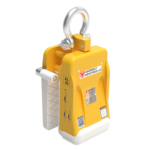
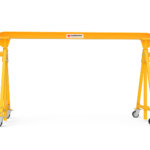
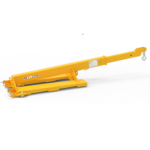
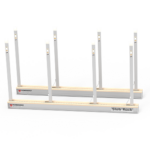
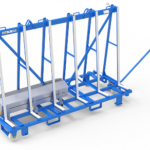

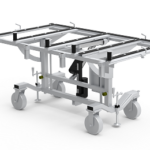
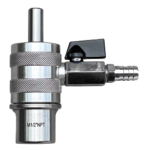
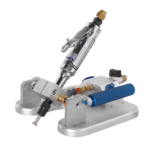
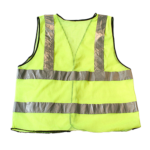

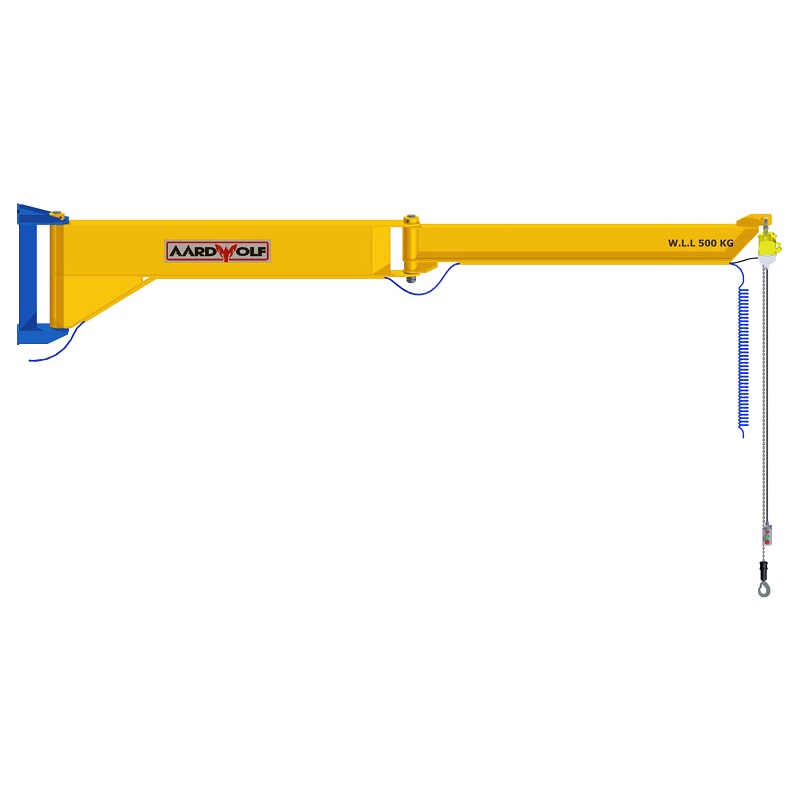
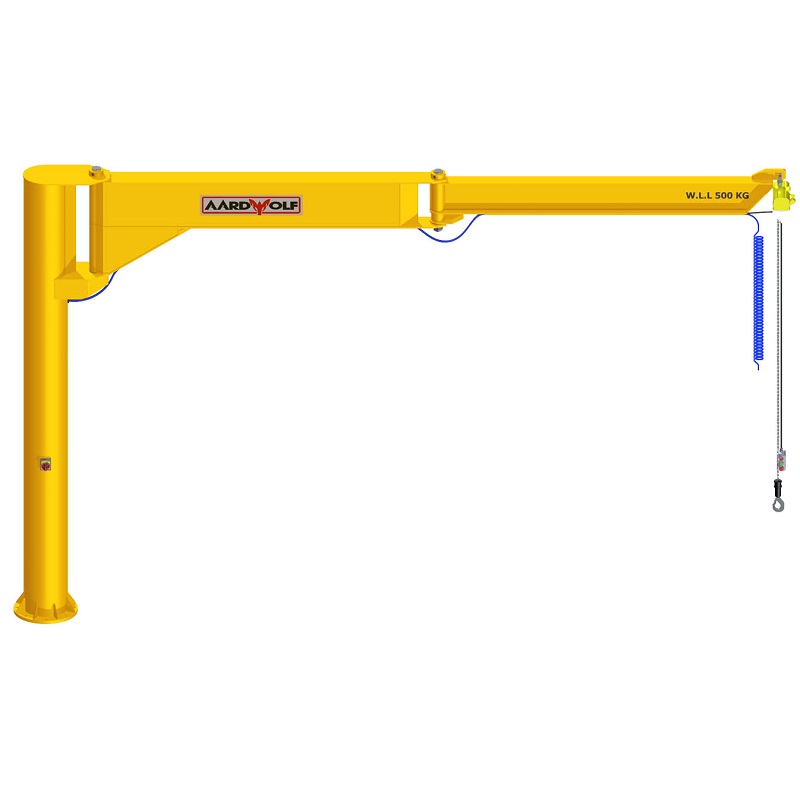
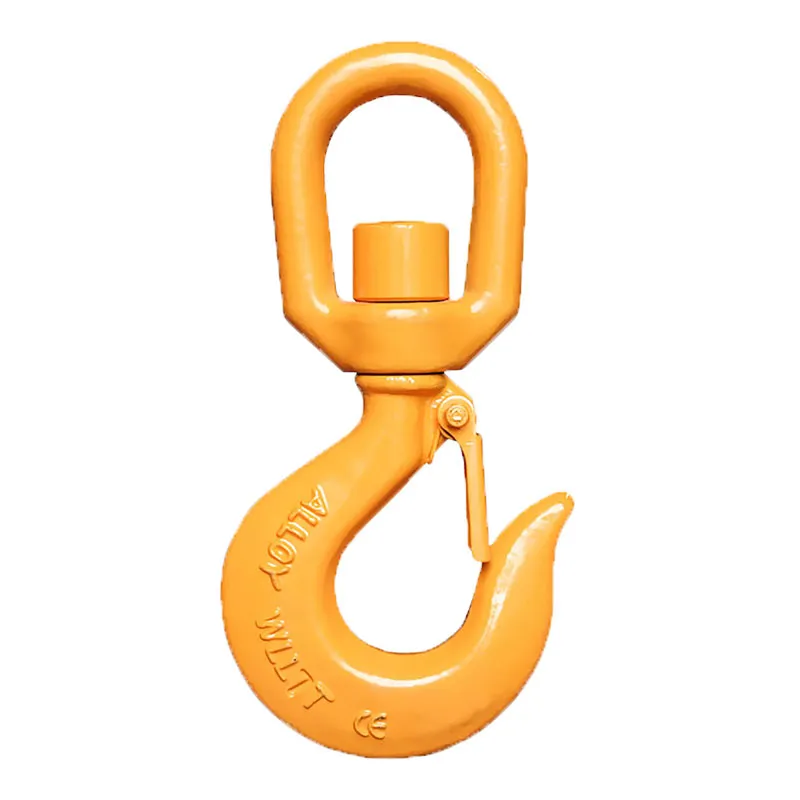

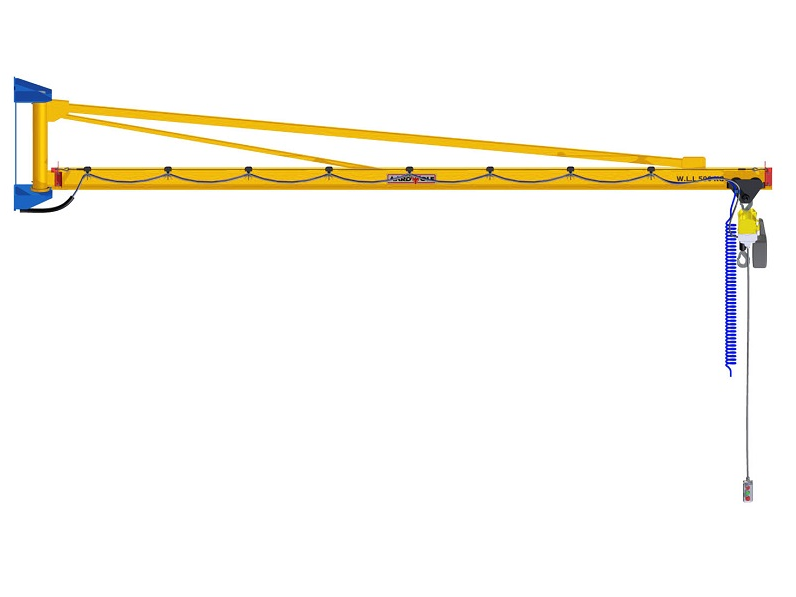
Please log in to leave a comment.